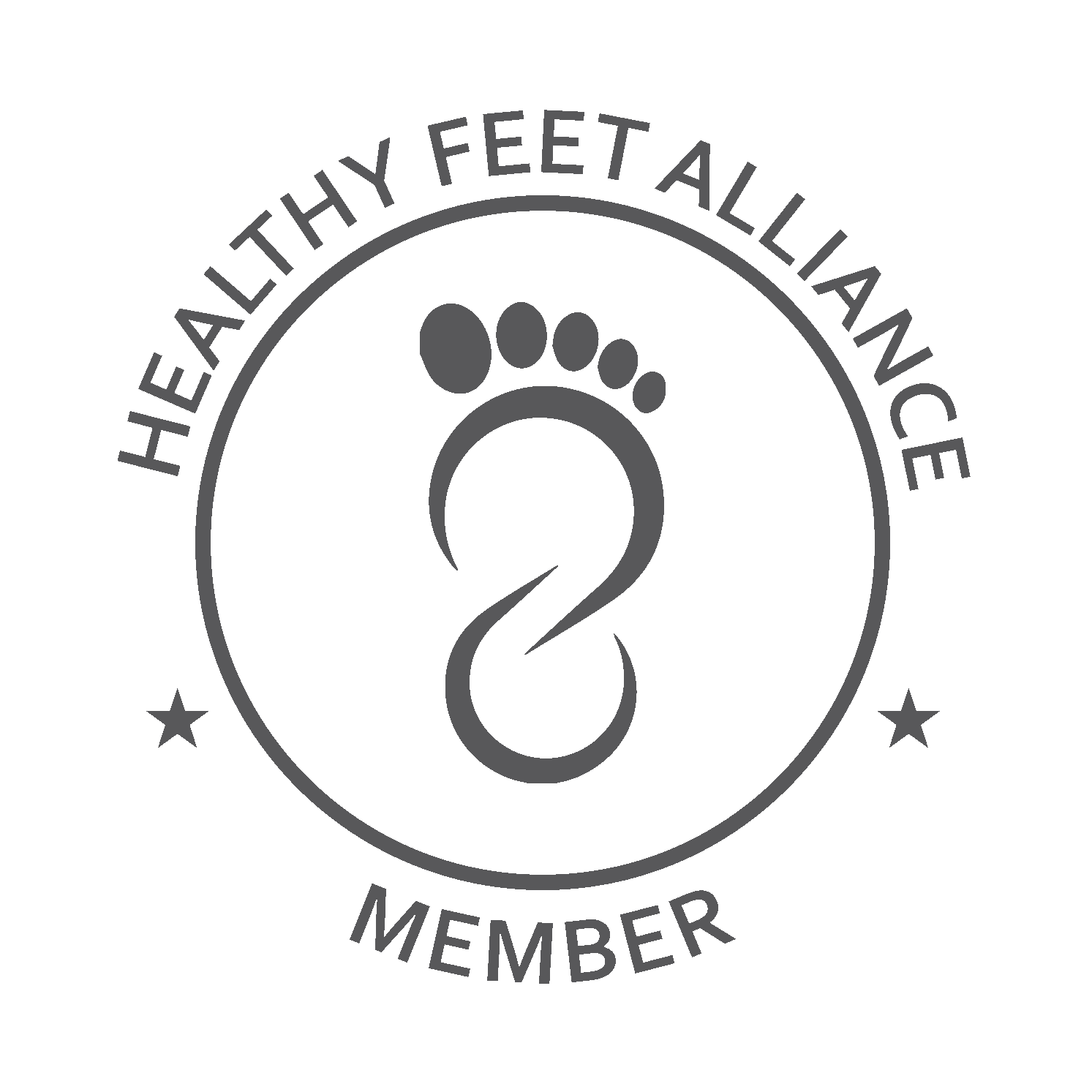There are many myths and misconceptions regarding Low Back Pain including how and why it occurs. Here is a small list of some of the most common myths and explanations by Reactivate’s Dr. Chad Barber with a great follow up video by a world renowned back specialist from Waterloo, Dr. Stuart McGill.
Myth #1 - Back injuries are rare
Stats show that approximately 80% of Canadians will experience lower back pain at some point in their lives. The good news is you are equipped to deal with the pain and with a few easy tips you can prevent future recurrence.
1.) Perfect your posture- It’s important to keep your spine properly aligned, whether you are walking or sitting. One way to improve your posture is to imagine that a string is attached to the top of your head, pulling you gently upwards towards the ceiling. Just thinking about it will help you lengthen your spine. When sitting, especially in front of a computer, be sure the chair supports your lower back – in a slightly arched position – and that both feet are flat on the floor. Don’t slump, and use an armrest to help reduce stress in the upper body. For good sleeping posture, use a supportive pillow and mattress, and sleep on your back or side.
2.) Be more active- every day
Poor fitness is associated with back pain. Maintaining a healthy weight reduces strain on your back. Always warm up before physical activity, and stretch-out when you’re finished.
3.) Lift with care- Avoid lifting heavy objects that may place too much strain on your back. When you do lift, hold the object close to your body and distribute the weight evenly. Picture lifting with your HIPS not your knees! (Yet another myth – busted!)
4.) Take time to focus on yourself- Mind/body activities including restorative yoga and regular massage can help you avoid stress-related back problems.
5.) See a health professional- See a health professional, such as a chiropractor, if you have back pain that persists. It may go away on its own, but there is also a chance that back pain will recur if left untreated.
Myth #2 - You need a flexible back to prevent Injury
The truth is, most new studies have shown the flexibility is not a great predictor for people who are at risk of low back injury. In fact, some studies have shown that increased lumbar flexibility may actually increase the risk of low back injury in some people. This tells us that it is likely not only about the range of motion you can obtain, but more about the functional range of motion you can obtain with stability and motor control.
Myth #3 - You need a strong back to prevent injury
While increased strength is certainly important; the key to injury prevention is ENDURANCE within the stabilizing muscles. Imagine going for a long walk, those pelvic stabilizing and core muscles need to be as strong at the beginning of the walk as they are at the end of the walk or our mechanics will fall apart and injury may set in.
Myth #4 - Suck in your belly to work your core
A better way to think about this is to STIFFEN the abdomen to engage the core. Imagine lying on your back expecting that someone was about to drop a ball on your stomach. You would brace/stiffen the abdomen to protect yourself; this is a proper way to engage the core.
Myth #5 - Performing full sit-ups will strengthen your core
The process of completing a full sit-up will put your lumbar spine at high risk of injury. This method has long been disregarded and many abdominal/core strengthening exercises have been developed and should be utilized now.
Myth #6 - Avoiding exercise will avoid injury
This is so untrue. The benefits that come from exercise so greatly outweigh any risk of minor injuries that may result. In fact, prolonged sitting and sedentary lifestyle is certainly a main precursor to poor health and chronic pain. Exercise, exercise, EXERCISE!
If you have persistent low back pain and are interested in seeing Dr. Barber for a consultation, assessment and treatment, please click the button below.


